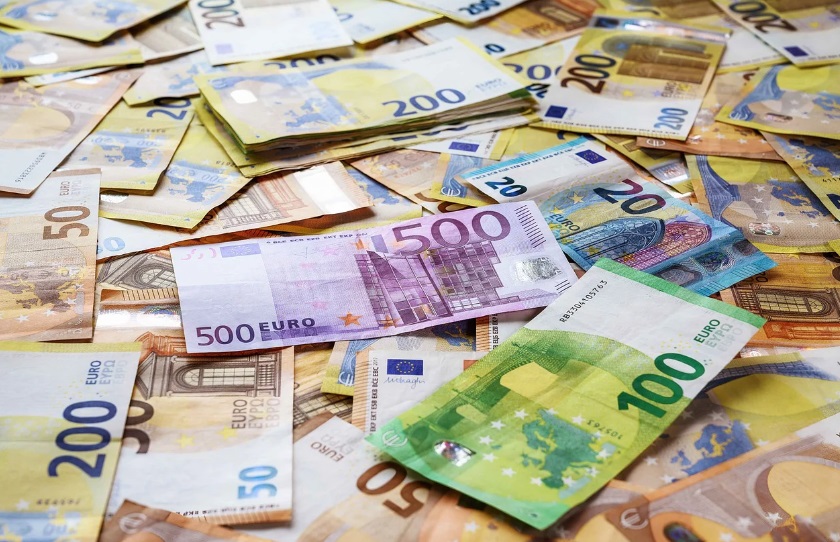
(Photo : Pixabay)
Euro
- Data from China showed a fall in producer prices, indicating a decrease in demand for goods, potentially impacting global trade.
- Japan's Nikkei lost 2.4%, suggesting a potential slowdown in the global tech industry, while S&P 500 and Nasdaq futures edged up 0.2%.
- Investors are now looking towards the Federal Reserve's next meeting and the European Central Bank's decision on rate cuts, which will be crucial in determining the direction of the markets.
Asian markets experienced a significant downturn on Monday, with concerns over a potential U.S. economic downturn impacting Wall Street. Despite an early dip, U.S. stock futures rallied, and bond yields recovered from their lows. This turbulence in the global markets is reminiscent of the 2008 financial crisis, where fears of a U.S. recession led to a global economic downturn. However, the current situation differs in that it is driven by a combination of economic and geopolitical factors, rather than a singular financial crisis.
Data from China, a key driver of global disinflation, showed a fall in producer prices by an annual 1.8% in August, surpassing analysts' expectations of a 1.4% drop. This is a significant development, as China is the world's second-largest economy and a major player in global trade. The fall in producer prices indicates a decrease in demand for goods, which could potentially impact global trade dynamics.
The Consumer Price Index (CPI) in China also missed forecasts, registering at 0.6% for the year. The rise was primarily driven by food prices, with goods prices only increasing by 0.2%, indicating subdued domestic demand. This is a concerning trend, as it suggests that Chinese consumers are not spending as much, which could further slow down the global economy.
Asian Markets and the Tech Industry
Japan's Nikkei bore the brunt of the selling, losing another 2.4% on top of a near 6% slide from the previous week. This is a significant blow to the Japanese economy, which is heavily reliant on exports. The decline in tech stocks, in particular, is a worrying sign, as it suggests a potential slowdown in the global tech industry.
On a more positive note, S&P 500 futures and Nasdaq futures both edged up 0.2% following Friday's slide. EUROSTOXX 50 futures added 0.3%, and FTSE futures firmed 0.5%. This suggests that investors are still optimistic about the prospects of these markets, despite the overall negative sentiment.
Investors are now looking towards the Federal Reserve's next meeting, where there is a 33% chance of a large rate cut. This is partly due to comments from Fed Governor Christopher Waller and New York Fed President John Williams, who left open the option of aggressive easing. However, Barclays economist Christian Keller believes that the labor market continues to cool, but there is no sign of rapid deterioration that would warrant a 50bp rate cut.
Political Arena and Commodity Markets
In the political arena, Democrat Kamala Harris and Republican Donald Trump are set to debate for the first time ahead of the presidential election on November 5. This event is likely to have significant implications for the U.S. political landscape and could potentially impact market sentiment.
Meanwhile, the European Central Bank is also expected to cut rates by a quarter-point on Thursday. However, there is uncertainty about whether it will ease in both October and December. This decision will be influenced by various factors, including wage growth, services inflation, and growth indicators.
In the commodities market, the downward trend in bond yields kept gold restrained at $2,497 an ounce, short of its recent all-time top of $2.531. Oil prices found some support after suffering their biggest weekly fall in 11 months last week amid persistent concerns about global demand.









